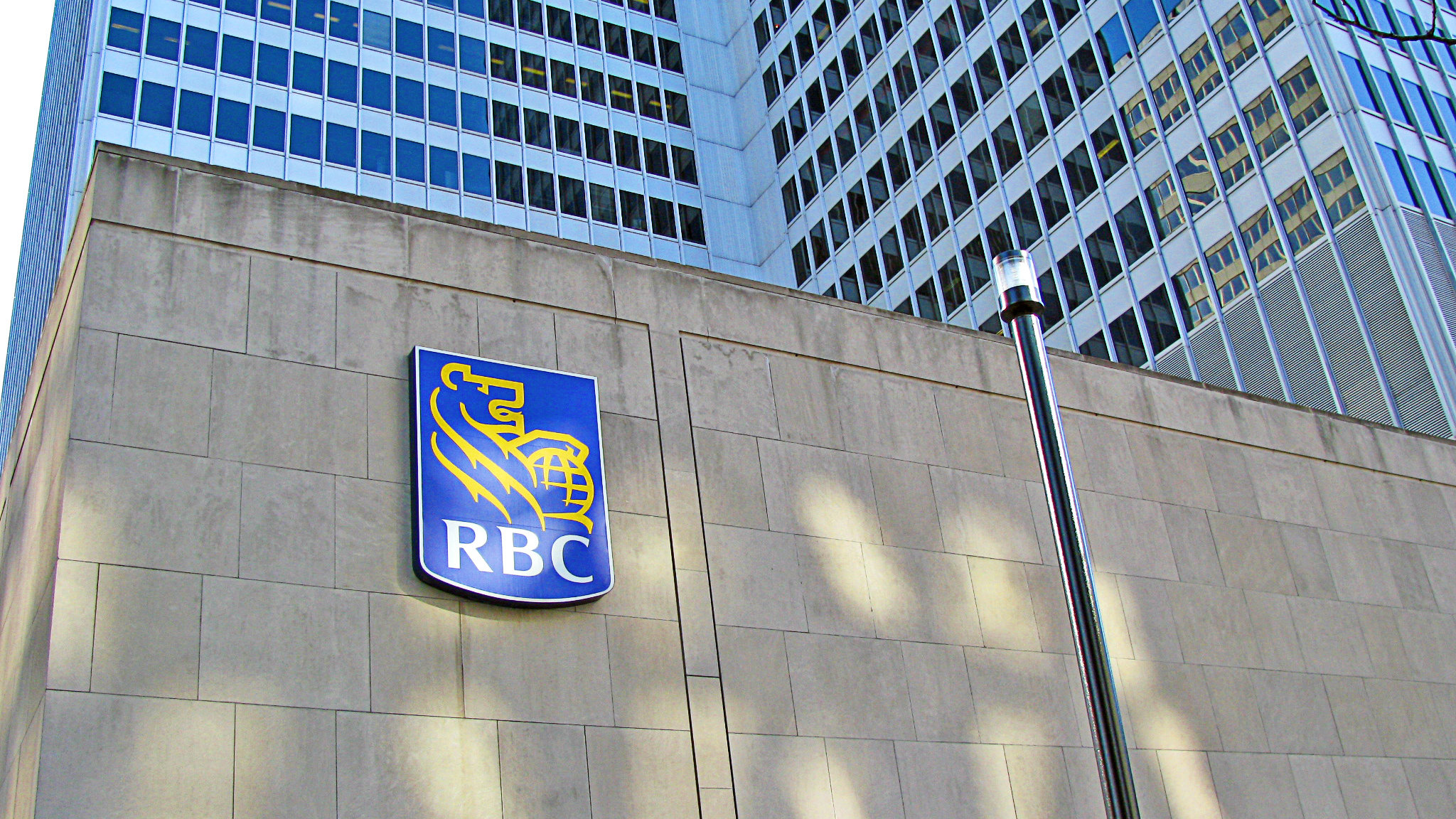Canadians are using their RRSPs to build a pool of savings for retirement, and the big Canadian banks are often held as anchor positions in the fund.
Let’s take a look at Royal Bank of Canada (TSX:RY) (NYSE:RY) to see if it deserves to be on your RRSP buy list right now.
Earnings
Royal Bank delivered solid results for fiscal Q3 2018. The company generated net income of $3.109 billion for the three months, representing an increase of 11% over the same period last year. Diluted earnings per share rose 14% to $2.10, and return on equity remained robust at 17.3%, slightly higher than Q3 2017.
Personal and Commercial Banking operations saw net income increase 8%, supported by higher deposit spreads due to rising interest rates.
Wealth Management net income jumped 19%, compared to the same period last year. Both the Canadian and U.S. divisions performed well. Royal Bank spent US$5 billion in 2015 to acquire California-based private and commercial bank City National. The deal has turned out to be smart one, giving Royal Bank a strong platform to expand its presence in the sector.
Capital Markets activities generated a 14% jump in year-over-year net income in the quarter. This segment can be volatile, but also very lucrative when times are good.
Insurance net income slipped 2% in the quarter, and Investor and Treasury Services saw a 13% drop.
Overall, the balanced revenue stream delivered record Q3 results, and investors should see the strong trend continue, supported by healthy Canadian and U.S. economies and rising interest rates. The bank’s net interest margin rose from 2.61% in Q3 2017 to 2.74% in Q3 2018.
Risks
Another financial crisis would hit the wealth management and capital markets segments, and there are constant warnings that trade wars, a Chinese debt bubble, or an ugly Brexit could send financial markets into a tailspin. This is certainly possible, but it is unlikely we will see a crash that is a bad as the Great Recession.
In Canada, concerns about a residential housing bubble persist, but the broader market remains quite resilient, despite rising interest rates and measures put in place to make it more difficult for high-risk buyers to acquire properties.
Royal Bank finished fiscal Q3 with a CET1 ratio of 11.1%, so the company is well capitalized. Uninsured mortgages represented $196 billion of the $279 billion portfolio as of July 31. The loan-to-value ratio on the uninsured loans is 50%. As such, things would have to get really bad in the housing market before Royal Bank sees a material hit.
Dividends
Royal Bank has a solid track record of increasing the dividend in step with rising earnings. Management is targeting medium term EPS growth of 7-10%, so investors should see decent dividend hikes continue. The current payout provides a yield of 3.8%.
Should you buy?
Royal Bank is an industry leader and continues to deliver impressive results. If you are looking for a reliable buy-and-hold pick for your RRSP, the stock should be a solid choice today.








